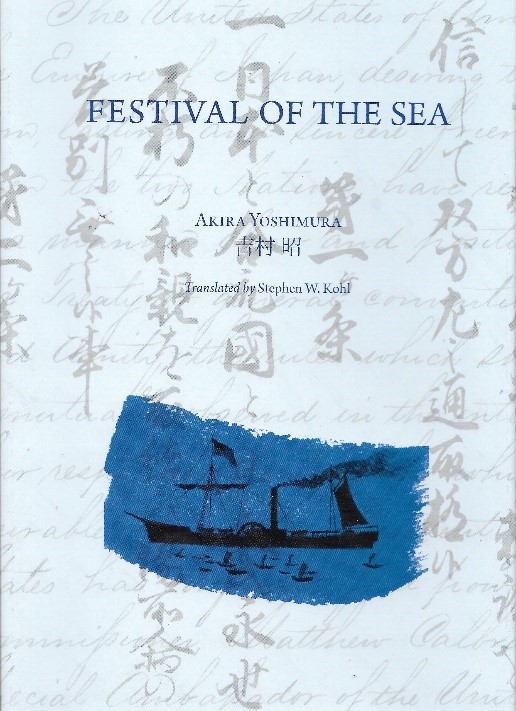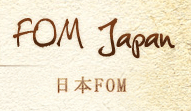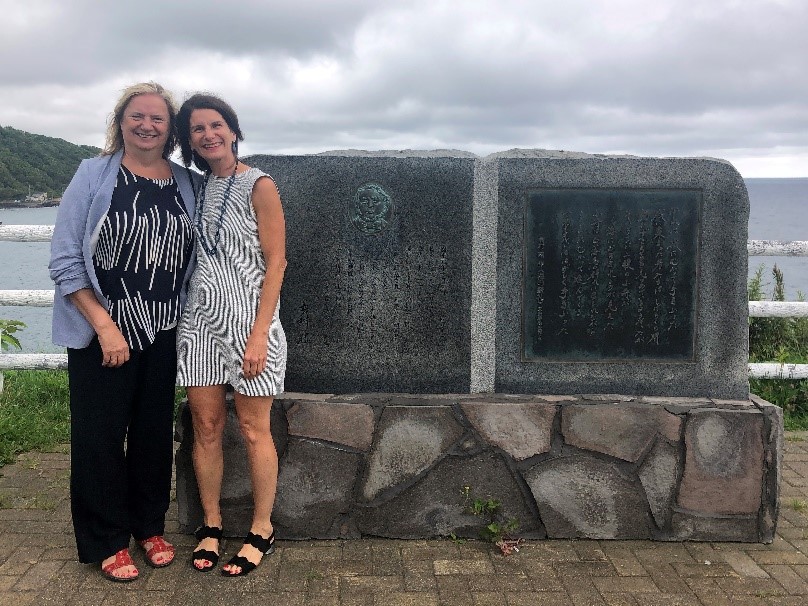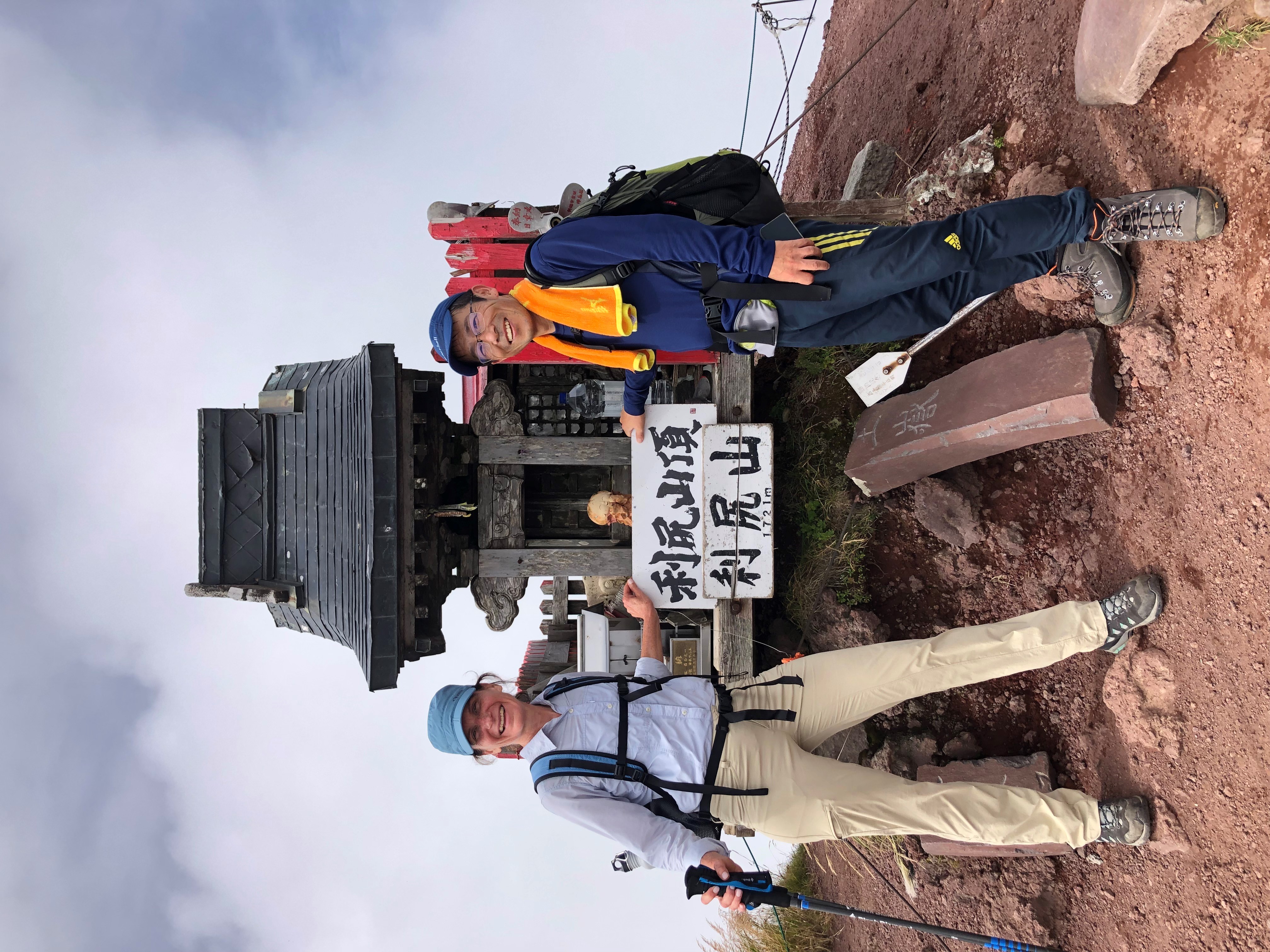海の祭礼-Festival of the Sea – Translated into English by Prof. Stephen Kohl
Sunday, June 28th, 2020Preface by Stephen Kohl, Sirius Woods, 2019
 I first met Mr. Akira Yoshimura in the autumn of 1988 at a meeting of the Friends of MacDonald in Tokyo. I had read Umi No Sairei (Festival of the Sea) and was fascinated to hear him speak of the countless trips he had made to Nagasaki to gather materials for that book. I suggested that I thought it would be a good idea to translate this work into English. There were several reasons for this. First of all, putting the text into English would make it available to an extended audience. Secondly, at that time the only account of Ranald MacDonald’s adventure in Japan was his autobiography – which was necessarily limited to what MacDonald himself had personally seen and experienced. Festival of the Sea provides a much broader context for MacDonald’s story by showing us how it appeared from a Japanese perspective. Yoshimura’s work also concludes with an extended account of the career of Moriyama Einosuke, MacDonald’s star “pupil”. This establishes the true value and legacy of MacDonald’s experience in a way that Ranald MacDonald himself never knew.
I first met Mr. Akira Yoshimura in the autumn of 1988 at a meeting of the Friends of MacDonald in Tokyo. I had read Umi No Sairei (Festival of the Sea) and was fascinated to hear him speak of the countless trips he had made to Nagasaki to gather materials for that book. I suggested that I thought it would be a good idea to translate this work into English. There were several reasons for this. First of all, putting the text into English would make it available to an extended audience. Secondly, at that time the only account of Ranald MacDonald’s adventure in Japan was his autobiography – which was necessarily limited to what MacDonald himself had personally seen and experienced. Festival of the Sea provides a much broader context for MacDonald’s story by showing us how it appeared from a Japanese perspective. Yoshimura’s work also concludes with an extended account of the career of Moriyama Einosuke, MacDonald’s star “pupil”. This establishes the true value and legacy of MacDonald’s experience in a way that Ranald MacDonald himself never knew.
After that initial meeting with Mr. Yoshimura, time passed and in 1997 Jo Ann Roe published Ranald MacDonald: Pacific Rim Adventurer, which began to put MacDonald’s experience into a broader context. In 2003 Frederik L. Schodt published Native American in the Land of the Shogun: Ranald MacDonald and the Opening of Japan. In this work, he provided much more context and relied on numerous Japanese sources including Umi no Sairei, but still, we see the story primarily from Macdonald’s perspective. I felt that Yoshimura’s work provided an important counterpoint perspective, so I undertook to make a translation. I wrote to Mr. Yoshimura, and with his encouragement, I did make a rough translation, but life intervened and I never did accomplish more than a rough draft. Then Mr. Yoshimura died and the project languished. In 2017, however, Mr. Sekikawa Natsuo invited me to participate in a symposium at the Yoshimura Akira Memorial Library. I was unable to do so, but Mr. Sekikawa’s enthusiasm inspired me to go back and revise my earlier draft of the translation and bring it to completion.
Yoshimura Akira was born into a merchant family in the downtown (Nippori) section of Tokyo. From an early age, however, he was more interested in literature than in business. Through his college years and beyond he wrote and published stories, and in the late 1950s and 60s several of his works were nominated for the prestigious Akutagawa Prize [a Japanese literary prize awarded semiannually for the best work of fiction by a promising new Japanese writer]. Although he was never awarded that prize, his reputation was firmly established in 1966 at the age of thirty-nine with the publication of The Battleship Musashi (Senkan Musashi). In this work he pioneered a new genre, what has come to be called “documentary fiction”. He collected detailed information from historical records and from interviews with people involved to explain the significance of the construction of the Battleship Musashi. In the process of describing the building of the ship, he also created an essay on the nature of modern war. His insight was that, engaged in modern, all-out war, the Japanese people had to use everything in their power to try to prevail. The symbol for that effort was the Battleship Musashi. In the end, of course, it was a failed effort, but nevertheless it was a valiant and committed effort which reflected the dedication and commitment of the Japanese people as a nation. That was what Yoshimura celebrated in his work.
Although Yoshimura continued to write fiction with contemporary settings, he is primarily known for his history-based documentary fiction, and from 1980 on his interest turned to late Edo-period Japan. Since he could not interview the participants in the events he dealt with, he thoroughly researched the diaries, letters, and other documents pertaining to his subject. He made repeated trips to the site where events took place to the point where he could even actually describe the weather at the time and place certain events occurred. We might way that even though he was writing fiction, he included as little fiction as possible in his works. Yoshimura hinted at a possible reason for this: in a middle school composition class, he once wrote an essay entitled “My Father’s Hand” – and although his father was alive and well at the time, in the essay he described his father’s body laid out in a coffin. On the back of his father’s hand was a large mole, which he caressed with his fingertips. He wrote that this was the first time he had experienced the sensation of touching his father’s skin – as the eighth of none sons his father had never taken him by the hand and he had therefore never had the opportunity to touch his father’s skin. Yoshimura’s teacher thought this was an excellent essay and read it aloud to the class, but when his father read it he was furious, shouting, “You have written something here which has no basis in fact!” Perhaps it was from this experience that Yoshimura showed such devotion to getting the ‘facts’ right.
In his historical fiction, Yoshimura often wrote about those who had been overlooked in historical accounts. Frederik Schodt has described Ranald MacDonald as “a man who did an extraordinary thing and then fell through the cracks of history”. In this sense MacDonald was a prime subject for Yoshimura’s pen. Moriyama Einosuke, who figures prominently in Festival of the Sea, is another case in point. Having proven himself as Japan’s most accomplished interpreter of English, Moriyama played a crucial role in crafting the Bafuku’s (Shogunate) first treaties with all the other countries of the world. Moriyama negotiated with Commodore Perry, and later with Townsend Harris, but he also negotiated treaties with all the other European countries that demanded a role in the opening of Japan. In the 1850s and 1860s, Moriyama was virtually the only person who knew both sides of the equation – what a treaty said in English and what it said in Japanese. Both sides relied on him to ensure that they agreed on the same things. He continued with his work under enormous pressure, for truly the destiny of the Japanese Nation was on his shoulders. Once the new Meiji government took power, Moriyama disappeared from sight until Yoshimura redirected our attention to him. Moriyama’s disappearance from the scene was only partly due to the fact that the new Meiji government wanted its own interpreters, not those of the old Tokugawa government. It was also the case that Moriyama was simply burned out by the time the regime change too place. Some historians have held Moriyama responsible, unfairly in my opinion, of having led Japan to agree to ‘unequal treaties’. Indeed, those treaties he helped negotiate were unequal, but they also protected japan from being colonized by one or more of the Great powers, yet the indignity of the treaties rankled and some blamed Moriyama. So for many reasons Moriyama had been largely ignored by historians until Yoshimura illuminated his crucial role in the opening of Japan.
We see something similar in the case of Hori Tatsunosuke, another interpreter and contemporary of Moriyama, about whom Yoshimura wrote in his historical novel Kurofune. Hori is known to history as the first Japanese to have a meaningful encounter with Commodore Perry’s squadron. He stepped aboard the Susquehanna and uttered three words in English: “I speak Dutch.” Hori was recognized as a man of competence as an interpreter of Dutch, but he had the ill luck to be stationed in Edo during the winter of 1848-49 and so was unable to receive tutelage in English from Ranald MacDonald. Throughout his career he was overshadowed by Moriyama who, thanks to MacDonald, had a greater facility in Spoken English and was able to consort more comfortably with foreigners. So, Hori experienced frustration and embarrassment, but he persevered, and in the end was able to make the transition to the new Meiji government which Moriyama did not (could not) do. And Hori compiled a Japanese-English dictionary – which Moriyama had begun to do but had not completed. Hori also became a respected teacher of English, an endeavor Moriyama rarely had time for. In Yoshimura’s telling, perseverance paid off for Hori and in his own way had made a meaningful and lasting contribution to the opening of Japan. But he, too, has been largely forgotten. Yoshimura recognized this and clarified Hori’s role in history.
One of the hallmarks of Yoshimura’s historical fiction is the celebration of those forgotten figures who, through their dedication and perseverance, have made meaningful and lasting contributions. Certainly we see this in Festival of the Sea where Ranald MacDonald had the courage and determination to wade ashore alone in a country where foreigners were forbidden to set foot, and in Moriyama, who stood exposed and alone as Japan’s spokesman to the other nations of the world. These were remarkable men who did remarkable things, and Yoshimura Akira was the bard who brought their stories to life. ~ S.K.
*** Associate Professor Emeritus, Japanese Literature; Asian Studies, East Asian Languages. Stephan Kohl has published extensively on Japanese literature.








 ool, Mr. Toshi Kano and Ms. Mayumi Nakanishi, to discuss our itinerary for the next few days. The next day Mr. Nishiya and Catherine hiked Mount Pon (444M) and Mr. Kano and I climbed to the peak of Rishiri Fuji (1790 M). Catherine and I enjoyed the onsen in the hotel that evening.
ool, Mr. Toshi Kano and Ms. Mayumi Nakanishi, to discuss our itinerary for the next few days. The next day Mr. Nishiya and Catherine hiked Mount Pon (444M) and Mr. Kano and I climbed to the peak of Rishiri Fuji (1790 M). Catherine and I enjoyed the onsen in the hotel that evening. 
